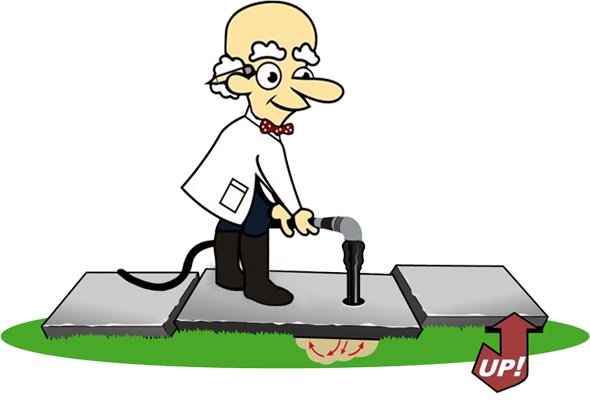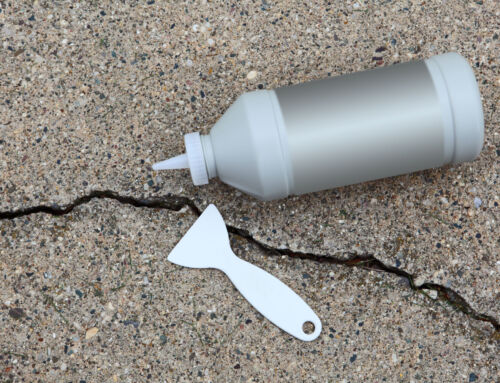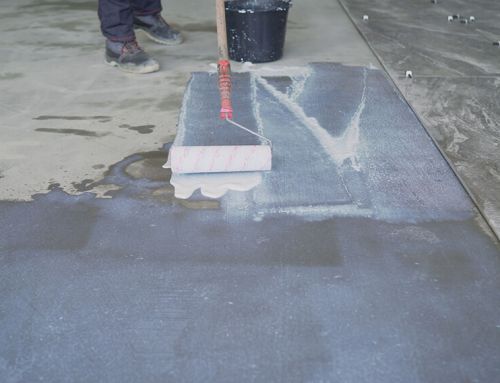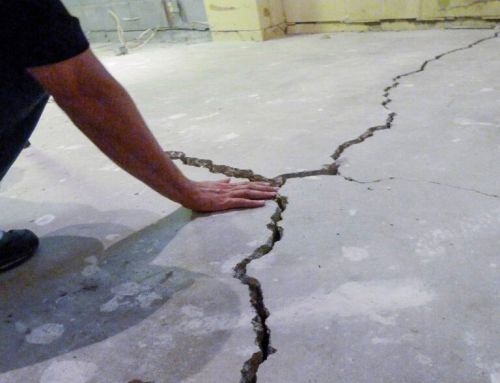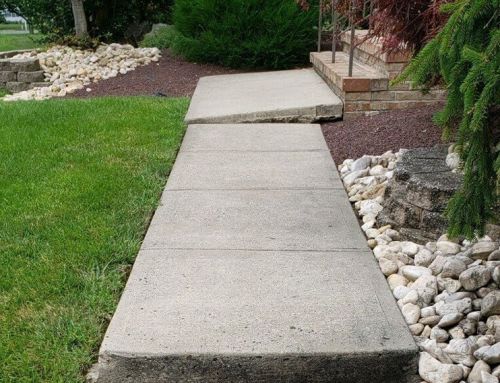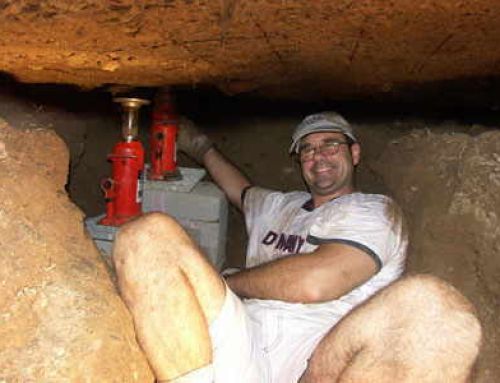IN THIS ARTICLE
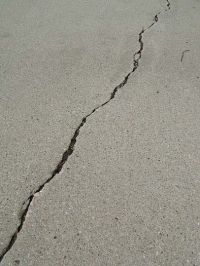 Before attempting to effectively repair any cracks in concrete, you first need to diagnose the reason for the failure. There are numerous reasons from cracking, with the most common ones being concrete sinking, improper expansion joint placement, or the lack of it, or unlevel concrete. You need to take into consideration the possibility, or probability of future movement and stresses to the concrete.
Before attempting to effectively repair any cracks in concrete, you first need to diagnose the reason for the failure. There are numerous reasons from cracking, with the most common ones being concrete sinking, improper expansion joint placement, or the lack of it, or unlevel concrete. You need to take into consideration the possibility, or probability of future movement and stresses to the concrete.
Keep in mind that in any zone subject to frost movement, patching the crack with cement is never a practical solution and will not usually last longer than the first frost cycle, resulting in either a crack reappearing through the patch, or the patch popping back off. Take the items listed below into consideration first before attempting to repair any minor cracking in concrete.
1) Is the concrete indoors? or outdoors in a northern climate and subject to frost movement?
2) What caused the concrete to crack in the first place? Is it an outside concrete area that was installed without proper expansion joint placement? Was the concrete poured on uncompacted soil and has settled? or is a water drainage issue that is causing frost movement? If you’re dealing with concrete lifting or sinking, time to call in a professional to address the cause, not the symptoms!
3) What is the width of the crack or cracks and how much damage is there to the concrete? If the crack is hairline, you are more than likely better off living with the crack, because it is usually necessary to grind the crack open and install a product that will be more visible than the crack itself.
If there is a significant amount of damage to the concrete, your best bet at that point may be to be honest with yourself and admit that concrete replacement would be the best “long term” solution. However, if the cause of these cracks are due to sunken concrete or concrete settlement, you may be looking at the more cost-effective approach of mudjacking; far more affordable than concrete replacement.
The two main methods of repairing concrete cracks are usually epoxy injection, or with a flexible self-leveling or toolable urethane caulk. Below is a description of the general products and typical installation methods, along with some recommended applications. Again, these are for minor repairs only!
Urethane Caulk- As I mentioned above, cement patches are rigid and are not recommended for areas subject to frost movement because they will fail. Urethane caulk overcomes this problem because when dry, it remains flexible allowing the crack to move without a failure of the product. The downside of the product is usually color availability. Like any repair product with concrete, it will not match the existing concrete and will be noticeable, especially when first installed, however, the urethane will normally give the longest lasting outside repair. We always prefer a self-leveling urethane on most vertical surfaces. The product cost is usually low.
The recommended way to repair the crack is to first grind the crack open, or grind both edges of the crack for adhesion to both sides. Rinse of any dust away and let dry. Install backer rod into the crack tightly so the material cannot run down through the crack and escape. Apply the self-leveling urethane into the crack at a depth of 1/2 the crack width. In other words, if the crack is 1″ wide, the material should be a 1/2″ deep. This method is best for walkways, patios, and most outdoor slabs.
Epoxy Injection- Epoxies are best used in areas where the concrete is not subject to future frost movement. Preparation usually entails grind the crack open, cleaning the crack, then applying the epoxy. Sometimes a sand or small aggregate is used in the mix, or broadcast on top. The epoxy repair when dry should be stronger than the concrete itself. However, if the reason for the failure is not eliminated, the concrete can re-break in another location. Many times the concrete will be saw cut after the repair is made to create a movement point, or weak spot in the concrete for a new breaking point. Although it is sometimes done on outside slabs, our opinion is that epoxy repair is best for inside slabs and floors such as warehouses and other inside floors that are not subject to frost movement. Cost is usually higher on epoxy products.
Except for smaller cosmetic cracks, you’ll likely need to consider a professional conc
rete repair company to address the cause of the cracks, not the cracks themselves, and keep future cracks from occurring or current damage from getting any worse.
- Garage Floor Raising and Coating: The Ultimate Guide - June 4, 2024
- Mudjacking Cost: 5 Factors That Affect It - April 10, 2024
- What is The Average Cost of Concrete Leveling in Belle Mead, NJ? - April 4, 2024

